Ask AI on The Internet
Question: Please answer the following questions and reference sources at the end. Question 1 1.1 Discuss what is meant by the following: a) Modern democracy (3) b) Citizenship education (3) 1.2 Discuss the two types of citizenship education, and indicate which approach (active or passive) you think is the best one for learners. Substantiate your answer. (10) 1.3 Discuss the two main features of the apartheid state in South Africa. (4) [20] Question 2 2.1 Explain why it is important that learners understand the notion of democracy in the new South Africa (after apartheid). (6) 2.2 Explain ‘soft’ and ‘hard’ notions of community participation in citizenship education. (4) 2.3 Explain what a cosmopolitan approach to citizenship education entails, and indicate how learners could benefit from this approach. (10) [20] Question 3 3.1 What is social stratification? (4) 3.2 From a sociological perspective, discuss what is meant by: i) Gender (3) ii) Diversity (3) 3.3 “Access to schooling is largely dependent on race, class and gender.” Briefly discuss the term “access”. (4) 3.4 Provide an argument to argue that access is dependent on the race, class, and gender of the learner. (6) [20] Question 4 4.1 What is identity? (2) 4.2 Define “culture”. (2) 4.3 Discuss and provide ONE example of each of the following: i) Culture as tradition (4) ii) Culture as symbol system (4) iii) Culture as motive and emotion (4) 4.4 If you had the power to change discrimination in schools, what practices would you introduce as a teacher? (4) [20] Question 5 5.1 Identify yourself with a teacher. Discuss the guidelines for gender-fair teaching in schools and explain – with examples – why there might be problems in schools with the implementation of some of the guidelines. (10) 5.2 Discuss what is meant by “achieved characteristics”. (6) 5.3 In which social class do you think SGBs are? Provide a reason for your answer. (4)
**Question 1** **1.1** a) **Modern democracy**: Modern democracy is a form of government where the power lies in the hands of the people, either directly or through elected representatives. It is characterized by free and fair elections, protection of human rights, rule of law, and active participation of the citizens in the political process (Heywood, 2013). b) **Citizenship education**: Citizenship education is the process of educating individuals, especially young people, about their rights, responsibilities, and roles as citizens within a democratic society. It aims to develop informed, responsible, and active participants in civic life (Arthur, Davies & Hahn, 2008). **1.2** Citizenship education can be divided into two types: active and passive. - **Active Citizenship Education**: This approach encourages students to participate actively in their communities and the democratic process. It involves engaging with social and political issues, community service, and developing skills for active participation in society. An example might be student-led community projects or involvement in school governance. - **Passive Citizenship Education**: This approach focuses on imparting knowledge about civic rights, duties, government functions, and historical aspects of a nation. It primarily involves theoretical learning and places less emphasis on practical engagement. **Best Approach:** Active citizenship education is often considered more beneficial for learners as it empowers them with practical experience and skills necessary for active participation in democratic processes. It encourages critical thinking, problem-solving, and understanding of real-world issues, which can lead to more responsible and engaged citizens (Crick, 2000). **1.3** Two main features of the apartheid state in South Africa: 1. **Racial Segregation**: One of the core features of apartheid was the rigid and systemic separation of people based on race. Laws and policies were put in place to segregate whites from non-whites in all aspects of life, including education, healthcare, employment, and residency. 2. **Suppression of Non-White Rights**: Non-whites were denied basic human rights and political representation. The government implemented laws that curbed freedoms of association, movement, and expression for black South Africans and other non-white communities, maintaining white dominance (Thompson, 2000). **Question 2** **2.1** It is important that learners understand the notion of democracy in the new South Africa because: 1. **Historical Context**: Understanding democracy is essential for learners to grasp the historical context of apartheid and the struggle for liberation. This knowledge is crucial for appreciating the value of democratic rights and responsibilities (Seekings & Nattrass, 2005). 2. **Active Participation**: It encourages them to be active participants in their communities and the democratic process, fostering a sense of responsibility and engagement. 3. **Prevention of Past Mistakes**: Knowing about democracy helps prevent the recurrence of past human rights abuses, promoting a culture of respect, tolerance, and equality. 4. **Inclusive Society**: It helps in building an inclusive society where all voices are heard and valued, and where diversity is celebrated (The Constitution of South Africa, 1996). **2.2** - **Soft Notions of Community Participation**: Soft notions involve activities like volunteering, community service, and participating in local events. These are less formal and often do not involve direct political engagement but still contribute to the community's welfare. - **Hard Notions of Community Participation**: Hard notions include active involvement in political processes, such as voting, attending town hall meetings, or participating in protests. These activities directly influence decision-making and policy (Lister, 1997). **2.3** A cosmopolitan approach to citizenship education entails an understanding and appreciation of global interdependence and multiculturalism. It emphasizes global citizenship, human rights, and cross-cultural understanding. **Benefits for Learners**: 1. **Broadened Perspectives**: Learners gain a broader understanding of global issues and diverse cultures. 2. **Critical Thinking**: This approach fosters critical thinking by encouraging learners to examine world problems from multiple perspectives. 3. **Empathy and Tolerance**: It helps cultivate empathy and tolerance towards people from different backgrounds (Nussbaum, 2002). **Question 3** **3.1** **Social stratification**: Social stratification is the hierarchical arrangement of individuals or groups in a society based on various factors such as socioeconomic status, race, education, and power. Stratification leads to unequal access to resources and opportunities (Davis & Moore, 1945). **3.2** i) **Gender**: From a sociological perspective, gender refers to the social and cultural norms, roles, and expectations that society associates with being male or female. It goes beyond biological differences to encompass identity and social behavior. ii) **Diversity**: Diversity refers to the presence of differences within a given setting. These differences can include race, ethnicity, gender, sexual orientation, socioeconomic status, age, physical abilities, and other attributes that contribute to individual uniqueness (Giddens & Sutton, 2013). **3.3** **Access**: Access in the context of education refers to the ability or opportunity to utilize educational resources and attend educational institutions. This includes physical accessibility, affordability, and freedom from discrimination. **3.4** Access to education is significantly influenced by race, class, and gender due to: 1. **Historical Discrimination**: Historical and systemic discrimination has led to unequal educational opportunities for different racial groups. 2. **Economic Inequalities**: Socioeconomic status affects a family’s ability to afford good quality education, which can lead to disparities in educational attainment. 3. **Gender Bias**: Gender norms and biases can restrict educational opportunities for certain genders, particularly in societies with strong patriarchal norms (Collins, 2009). **Question 4** **4.1** **Identity**: Identity refers to the characteristics, traits, and beliefs that define an individual or group. It includes personal, social, and cultural dimensions that shape how individuals see themselves and are perceived by others (Erikson, 1968). **4.2** **Culture**: Culture is a complex system of shared beliefs, values, customs, behaviors, and artifacts that members of society use to cope with their world and each other, which are transmitted from generation to generation through learning (Geertz, 1973). **4.3** i) **Culture as tradition**: This refers to practices and beliefs passed down through generations. Example: Celebrating traditional festivals such as Christmas or Diwali. ii) **Culture as symbol system**: This involves the use of symbols to convey meanings and communicate within a culture. Example: Language, religious icons, or national flags. iii) **Culture as motive and emotion**: This concept views culture as influencing the motivations and emotional life of individuals. Example: The cultural value of individualism driving personal achievement in Western societies (Shweder, 1991). **4.4** To change discrimination in schools, I would introduce practices such as: 1. **Inclusive Curriculum**: Ensuring the curriculum includes diverse perspectives and histories. 2. **Anti-bullying Policies**: Implementing strict anti-bullying policies that address discrimination. 3. **Teacher Training**: Providing ongoing training for educators on cultural competence and anti-discrimination. 4. **Student Support Services**: Offering support services for marginalized students to ensure they have equal opportunities to succeed. **Question 5** **5.1** Guidelines for gender-fair teaching in schools include: 1. **Equal Encouragement**: Ensuring both boys and girls are encouraged equally to participate in all school activities. 2. **Representation in Curriculum**: Including contributions of both genders in curriculum content. 3. **Avoiding Stereotypes**: Avoiding the reinforcement of gender stereotypes in classroom materials and interactions. 4. **Safe Environment**: Creating a safe, inclusive environment where all students feel valued. Problems in Implementation: Schools may face challenges such as ingrained cultural biases, lack of resources for comprehensive teacher training, and resistance from the community in implementing these guidelines (Sadker & Zittleman, 2009). **5.2** **Achieved characteristics**: These are personal attributes that individuals have acquired based on their actions, efforts, and choices such as education, skills, and occupational status (Weber, 1946). **5.3** SGBs (School Governing Bodies) are often situated in middle to upper social classes. This is because members are typically elected from among parents and community members who have more resources, education, and time to participate in these roles (Bush & Heystek, 2003). **References**: - Arthur, J., Davies, I., & Hahn, C. (2008). Education for citizenship and democracy. - Bush, T., & Heystek, J. (2003). School Governance in the New South Africa. - Collins, R. (2009). The Sociology of Philosophies: A Global Theory of Intellectual Change. - Crick, B. (2000). Essays on Citizenship. - Davis, K., & Moore, W. E. (1945). Some Principles of Stratification. - Erikson, E. H. (1968). Identity: Youth and Crisis. - Geertz, C. (1973). The Interpretation of Cultures. - Giddens, A., & Sutton, P. (2013). Sociology. - Heywood, A. (2013). Politics. - Lister, R. (1997). Citizenship: Feminist Perspectives. - Nussbaum, M. C. (2002). For Love of Country. - Sadker, D., & Zittleman, K. (2009). Still Failing at Fairness. - Seekings, J., & Nattrass, N. (2005). Class, Race, and Inequality in South Africa. - Shweder, R. A. (1991). Thinking Through Cultures. - The Constitution of South Africa (1996). - Thompson, L. (2000). A History of South Africa. - Weber, M. (1946). From Max Weber: Essays in Sociology.
Think your answer is better than the AI's? Post it below.
Other Most Relevant Posts:
Question Tags
If you want your question answered by an AI, click here.
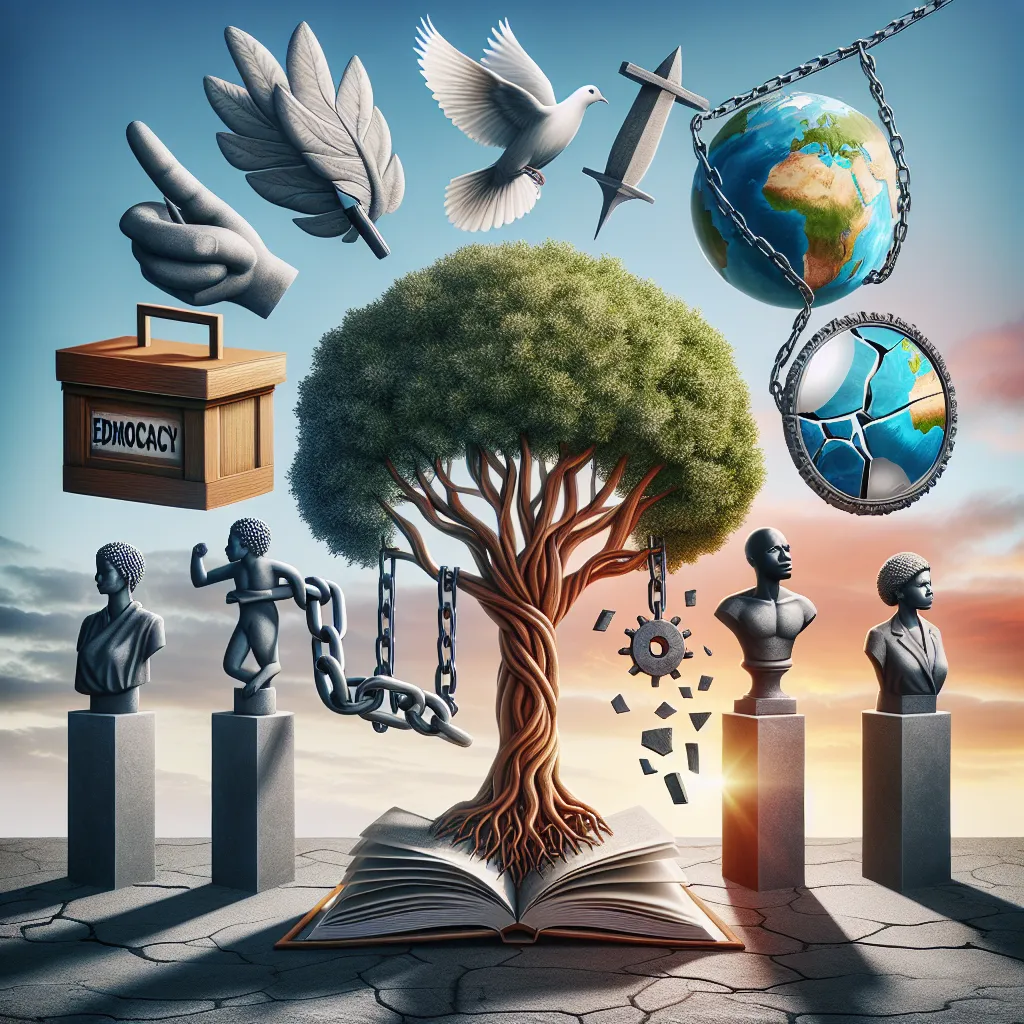
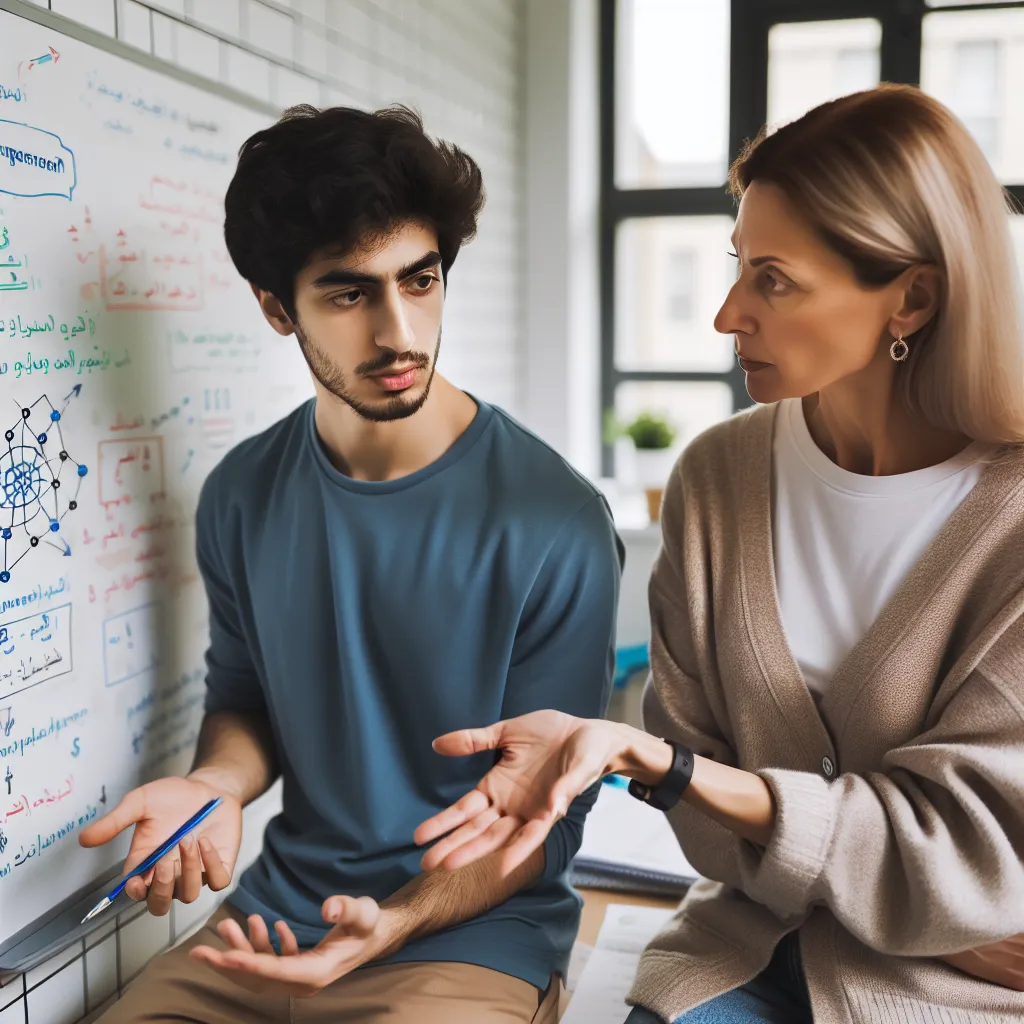

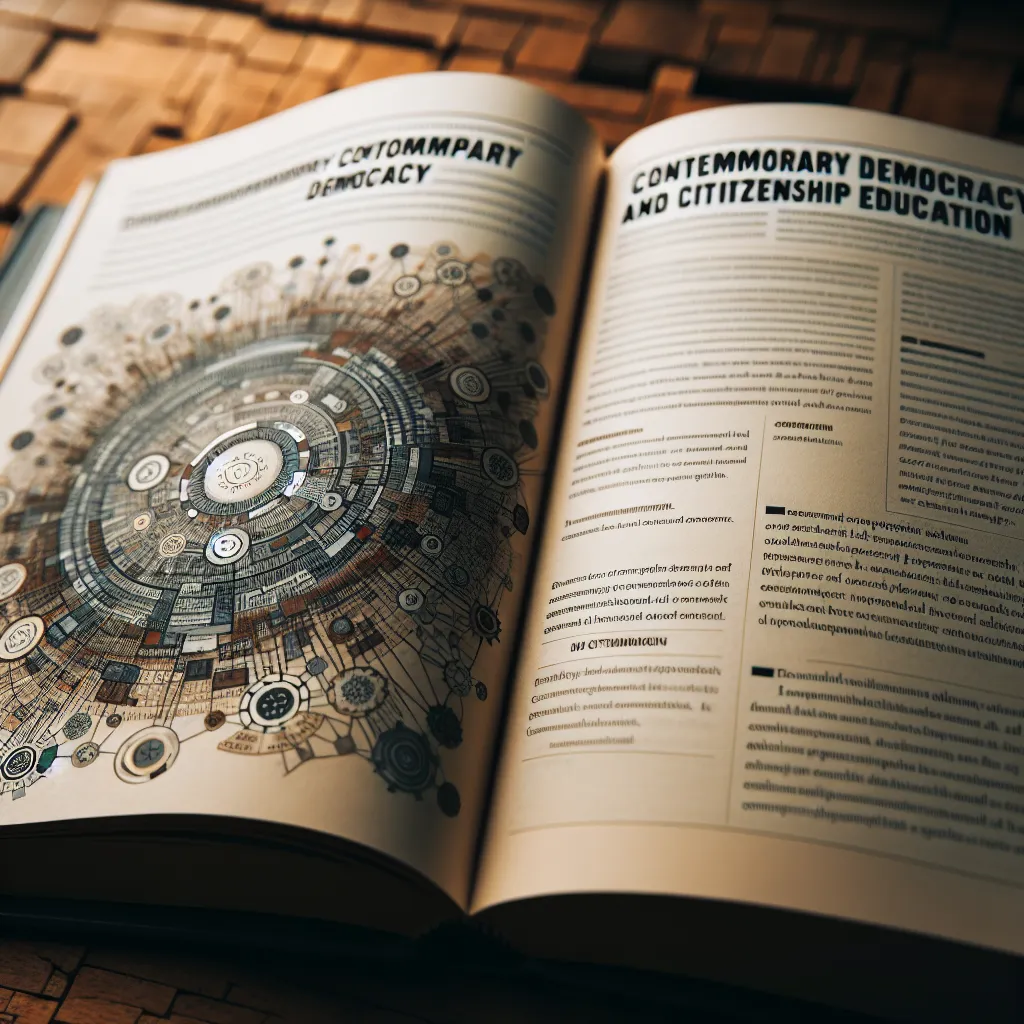

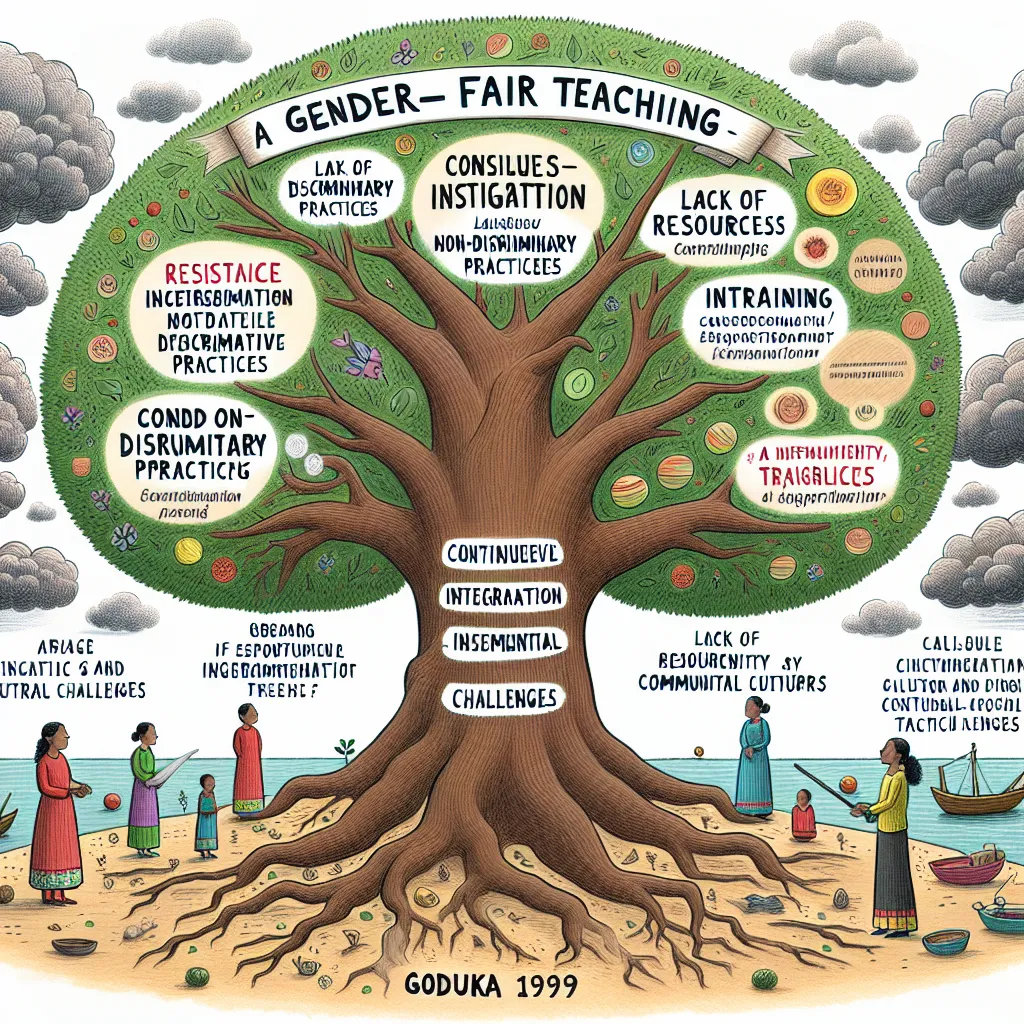
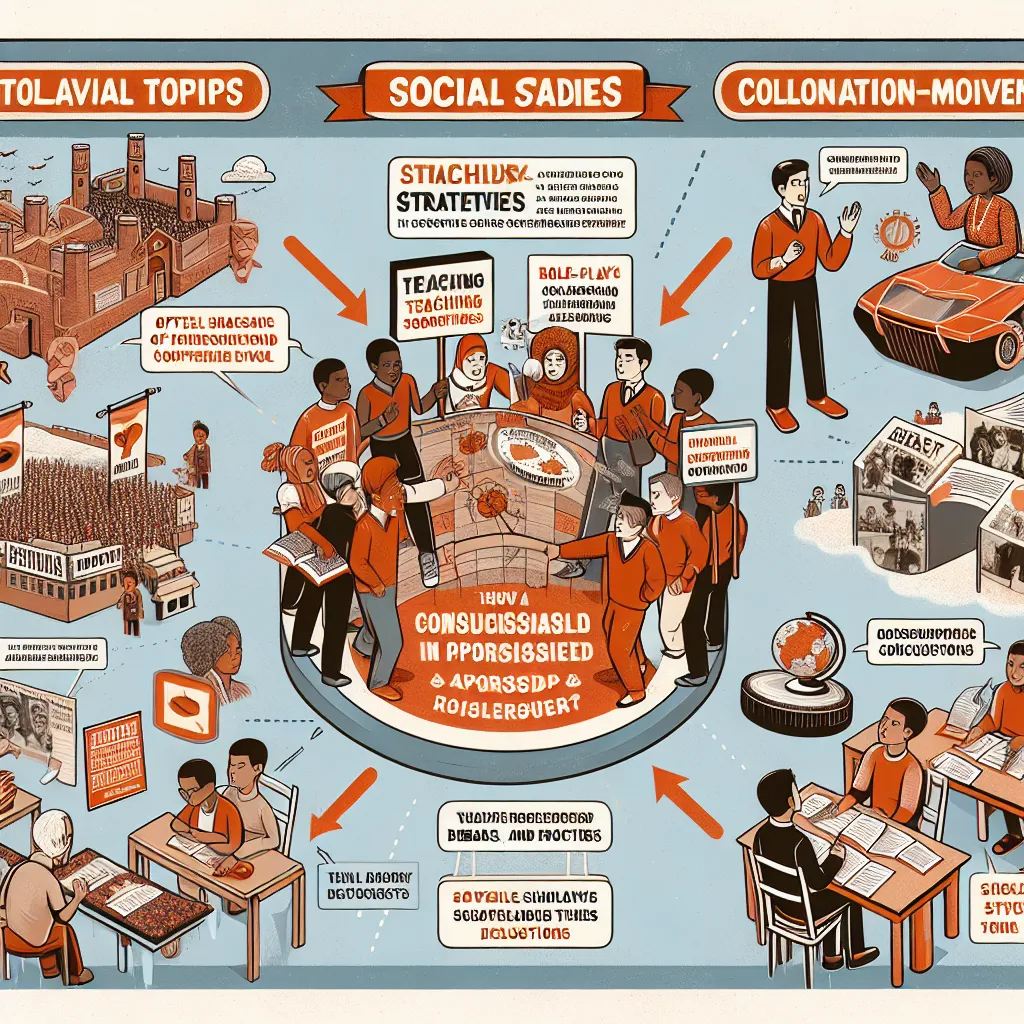
Post your own comment: